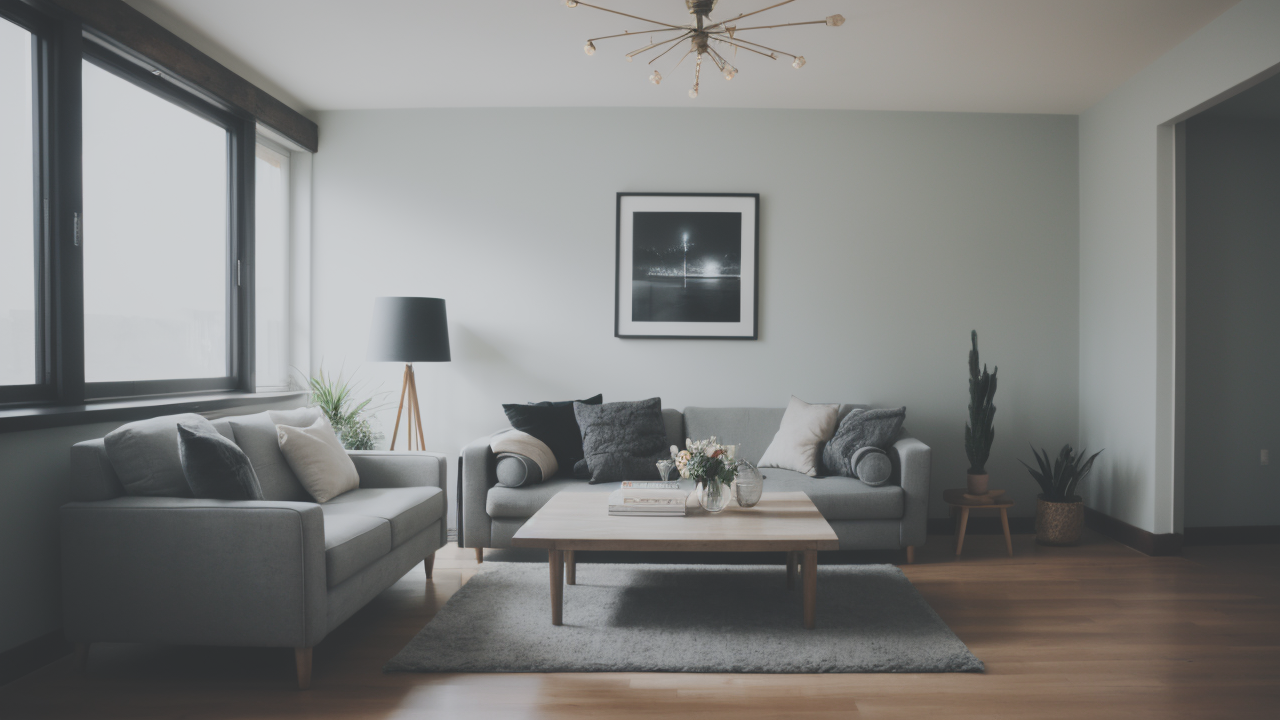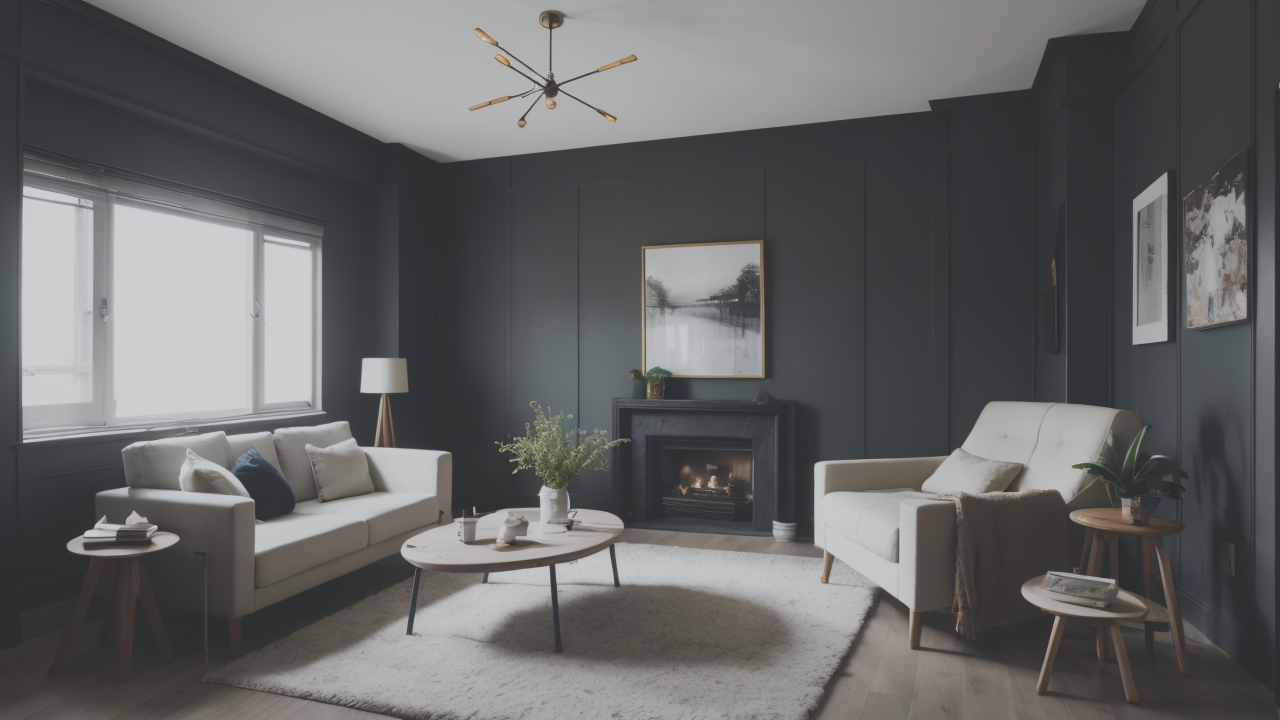
Transforming Spaces: How a Set of Wabi-Sabi Inspired Wall Art Can Elevate Your Home
The Aesthetic of Wabi-Sabi in Home Decor
Understanding Wabi-Sabi: An Overview
Wabi-sabi is a Japanese aesthetic that finds beauty in imperfection. It values simplicity and naturalness. In home decor, wabi-sabi embraces rustic elegance and understated charm. This concept celebrates the marks of time and wear on objects. It appreciates the subtle beauty of asymmetry and roughness. Wabi-sabi art often features muted colors and organic shapes. It may include elements like weathered wood, handmade ceramics, or faded fabrics. The goal is to create a sense of tranquility and connection to nature. Wabi-sabi encourages us to find beauty in the ordinary and imperfect aspects of life.

Incorporating Wabi-Sabi into Home Decorating
To bring wabi-sabi into your home, start with a neutral color palette. Choose earthy tones like beige, gray, and brown. Look for natural materials such as wood, stone, and linen. Embrace imperfections in furniture and decor items. Consider handmade or artisanal pieces that show the maker's touch. Add texture through rough-hewn surfaces or uneven patterns. Use minimalist arrangements to create a sense of calm. Incorporate plants or natural elements to connect with the outdoors. Display items with visible wear or patina. Remember, less is more in wabi-sabi design. Focus on a few meaningful pieces rather than cluttered displays.
The Psychological Impact of Wabi-Sabi on Room Aesthetics
Wabi-sabi design can have a profound effect on our mental state. It promotes a sense of calm and contentment. The simplicity of wabi-sabi spaces reduces visual stress. This can lead to decreased anxiety and improved focus. The natural elements in wabi-sabi decor can boost mood and well-being. Appreciating imperfection can help us accept flaws in ourselves and others. This mindset can reduce perfectionism and increase self-compassion. Wabi-sabi spaces encourage mindfulness and present-moment awareness. They remind us to slow down and notice the beauty in everyday things. This can lead to greater overall satisfaction and a more balanced life perspective.
Selecting the Right Wabi-Sabi Art for Your Walls
Identifying High-Quality Wabi-Sabi Wall Art
When choosing wabi-sabi wall art, look for pieces that embody its core principles. Seek out art that showcases natural materials and textures. Look for pieces with subtle, earthy color palettes. High-quality wabi-sabi art often features minimalist designs with a focus on negative space. Consider works that show the artist's hand or process. This might include visible brush strokes or intentional imperfections. Authentic wabi-sabi art should evoke a sense of tranquility and timelessness. It may depict simple, everyday objects or natural scenes. Look for pieces that tell a story through their worn or aged appearance. Quality wabi-sabi art should feel both ancient and contemporary at the same time.

Matching Your Wabi-Sabi Artwork with Your Home's Decor
To integrate wabi-sabi art into your home, consider your existing decor style. If your home is modern, choose wabi-sabi pieces with clean lines and minimal color. For traditional spaces, look for art with more texture and aged finishes. Consider the size and scale of the artwork in relation to your wall space. Large, statement pieces work well in minimalist rooms. Smaller groupings can add interest to busy areas. Pay attention to the colors in your wabi-sabi art. They should complement your overall color scheme. Use the art as a starting point for other decor choices. Pull colors or textures from the artwork into your furnishings and accessories.
The Best Placement and Display for Wabi-Sabi Art
Wabi-sabi art thrives in spaces where it can be appreciated up close. Consider placing pieces at eye level in areas where you spend time relaxing. Entryways and living rooms are ideal for showcasing larger works. Bedrooms and studies work well for more intimate pieces. Avoid cluttering walls with too many items. Give each piece room to breathe and be appreciated individually. Use simple, natural frames or display art unframed for a more authentic look. Consider unconventional placements, like leaning art against a wall instead of hanging it. Experiment with asymmetrical arrangements to enhance the wabi-sabi aesthetic. Soft, indirect lighting can highlight the subtle textures and colors of wabi-sabi art.
The Bigger Picture: The Role of Wabi-Sabi Art in Home Renovation and Design Trends
How Wabi-Sabi Art Aligns with Current Home Design Movements
Wabi-sabi art fits perfectly with several current design trends. It aligns well with the growing interest in sustainable and eco-friendly decor. The emphasis on natural materials and handmade items supports artisanal craftsmanship. Wabi-sabi's minimalist approach resonates with the popular decluttering movement. Its focus on imperfection complements the trend towards authenticity in home design. The calming nature of wabi-sabi art supports the growing interest in wellness-focused interiors. It also aligns with the trend of bringing nature indoors through biophilic design. As people seek more meaningful home environments, wabi-sabi offers a thoughtful alternative to mass-produced decor.

Using Wabi-Sabi Art to Create Unique Home Renovation Projects
Wabi-sabi art can inspire unique approaches to home renovation. Consider using reclaimed or weathered materials in your remodeling projects. Incorporate wabi-sabi principles into architectural details like exposed beams or unfinished walls. Use wabi-sabi art as a focal point when redesigning a room. Let it guide your choice of colors, textures, and materials. In bathroom renovations, consider organic shapes and natural stone inspired by wabi-sabi aesthetics. For kitchen updates, look to wabi-sabi for ideas on open shelving and showcasing handmade dishes. Wabi-sabi can inform lighting choices, favoring soft, ambient options over harsh overhead lights.
Long-Term Value and Investment Potential of Wabi-Sabi Wall Art
Investing in wabi-sabi wall art can offer long-term value beyond aesthetics. High-quality pieces often appreciate over time, especially those by recognized artists. The timeless nature of wabi-sabi design means these pieces won't quickly go out of style. They can become cherished family heirlooms passed down through generations. Wabi-sabi art can also add character and uniqueness to a home, potentially increasing its resale value. As interest in sustainable and mindful living grows, wabi-sabi art may become increasingly sought after. Collecting wabi-sabi art can be a way to support local artisans and traditional craftsmanship. While trends come and go, the enduring appeal of wabi-sabi ensures its lasting value in home decor.


